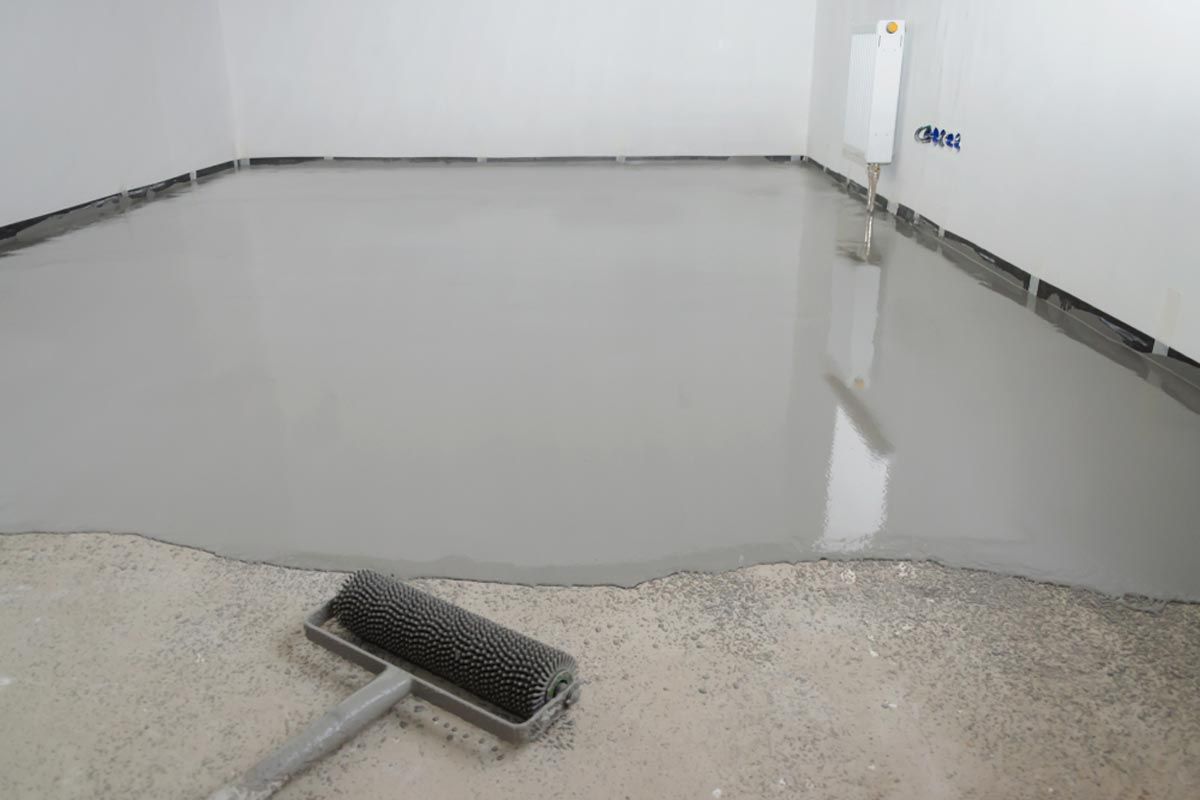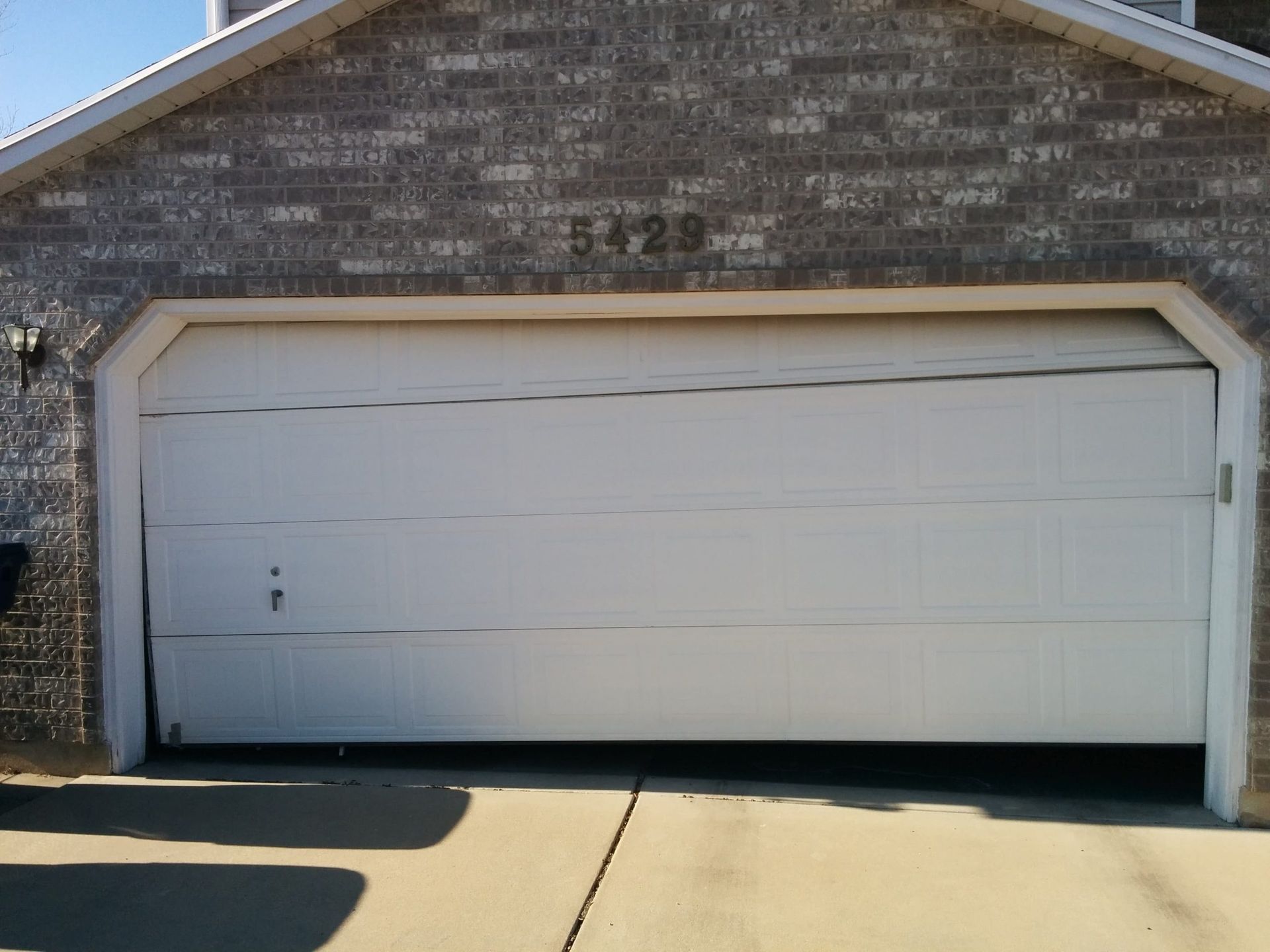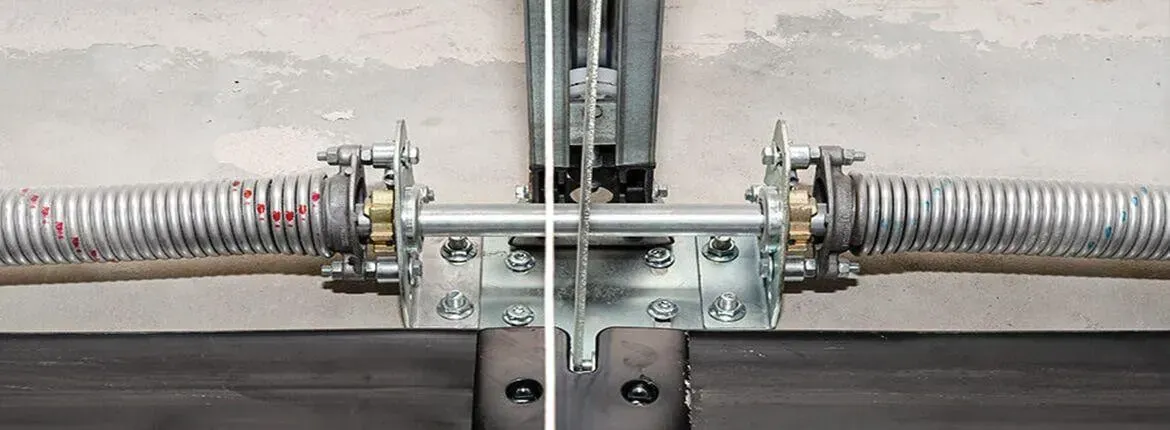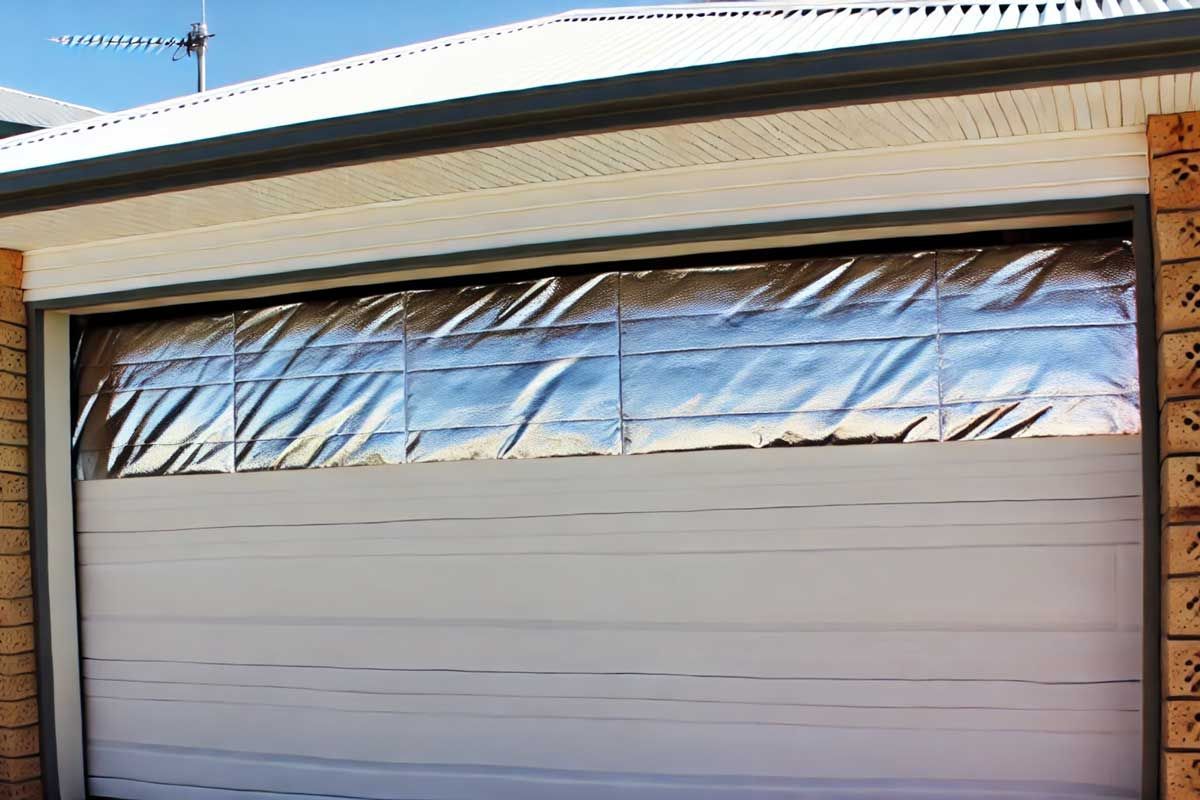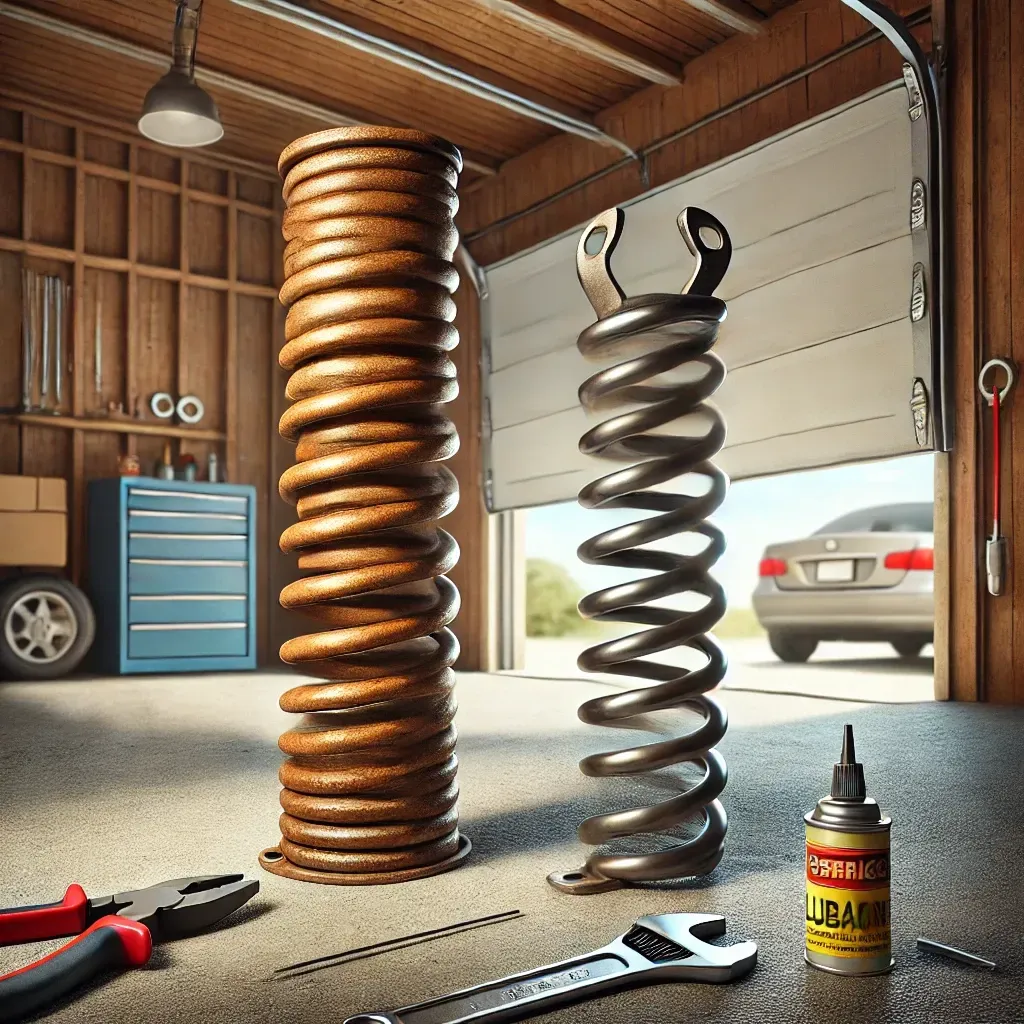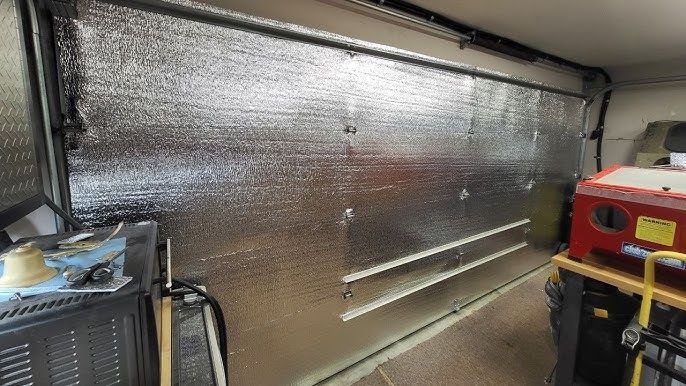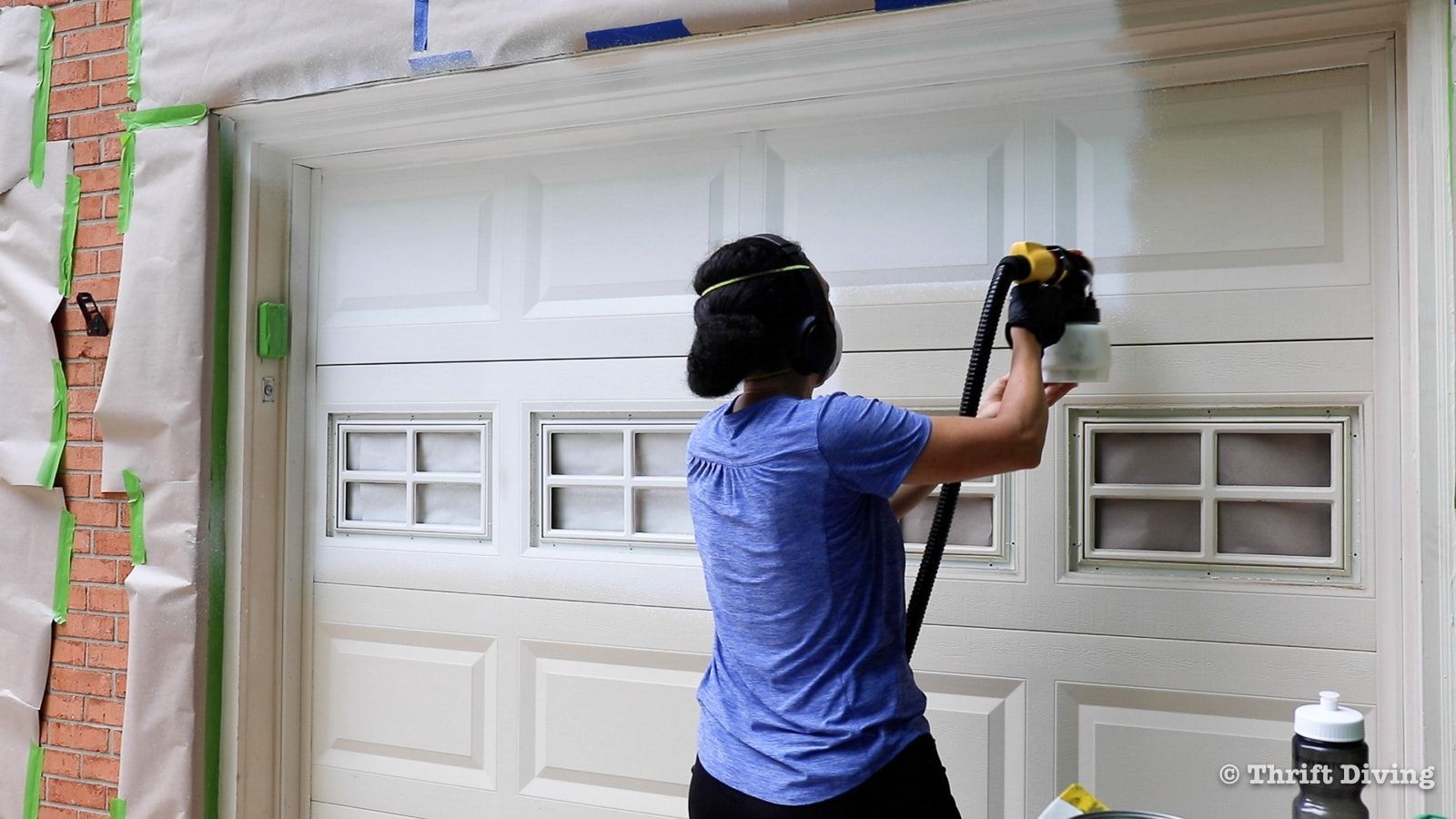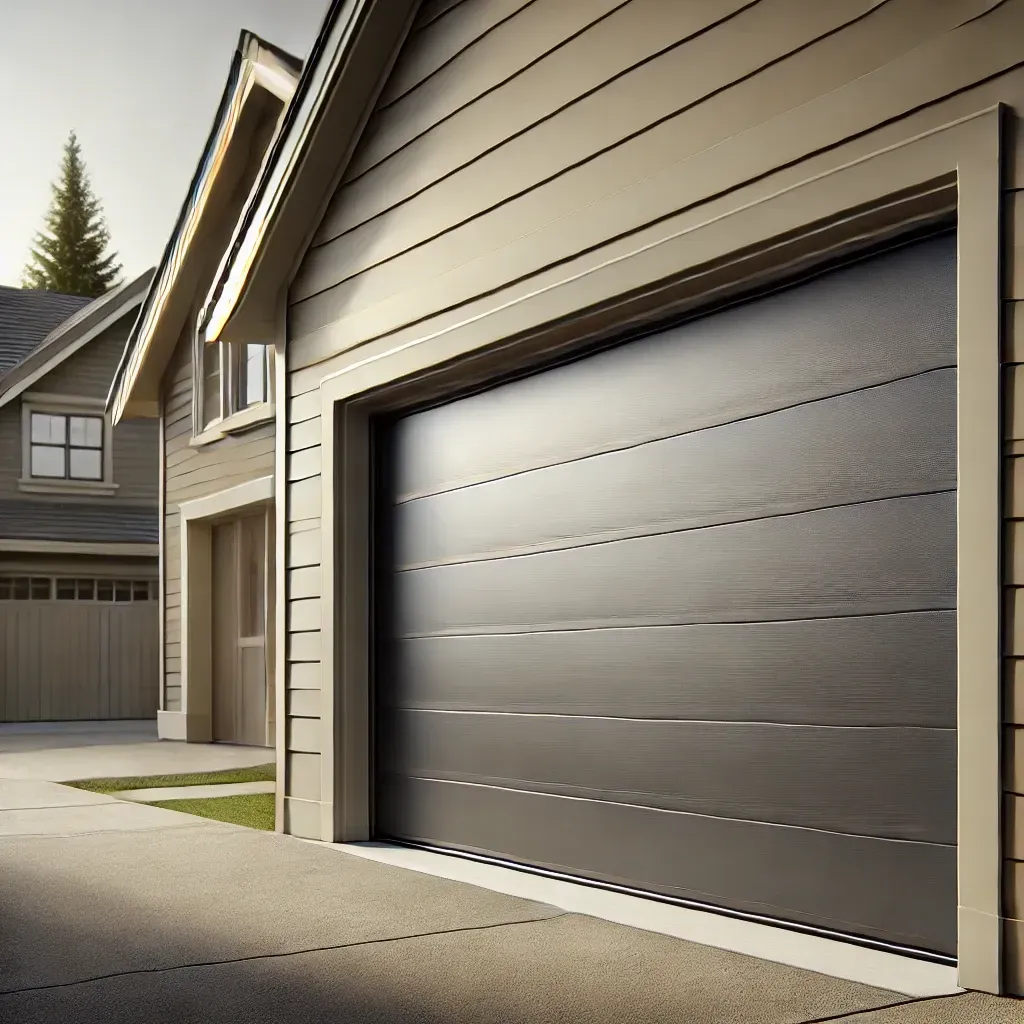Address: 11275 E Alameda Ave Unit 07 Apt 18, Aurora, CO 80012, United States
How Can I Tell If My Garage Door Sensors Are Misaligned?
Garage door sensors are a vital component of your garage door’s safety system, designed to prevent accidents and ensure smooth operation. However, misaligned sensors can cause functional issues and safety hazards.
What Are Garage Door Sensors and How Do They Work?
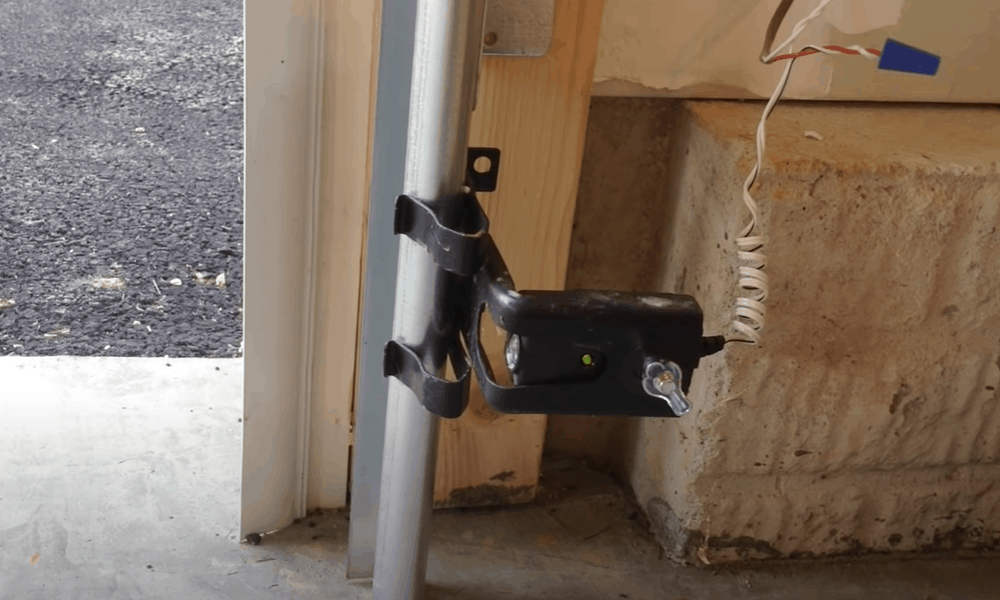
Garage door sensors, typically installed near the base of the door tracks, use infrared beams to detect obstructions in the door’s path. When these sensors sense an object or a misalignment interrupts the beam, the door will not close or may reverse direction. This safety mechanism prevents accidents and damage to property.
These sensors are integral to automatic garage door systems, relying on precise alignment to function correctly. If they are out of alignment, their infrared beam may not connect properly, leading to operational malfunctions.
Common Signs of Misaligned Garage Door Sensors
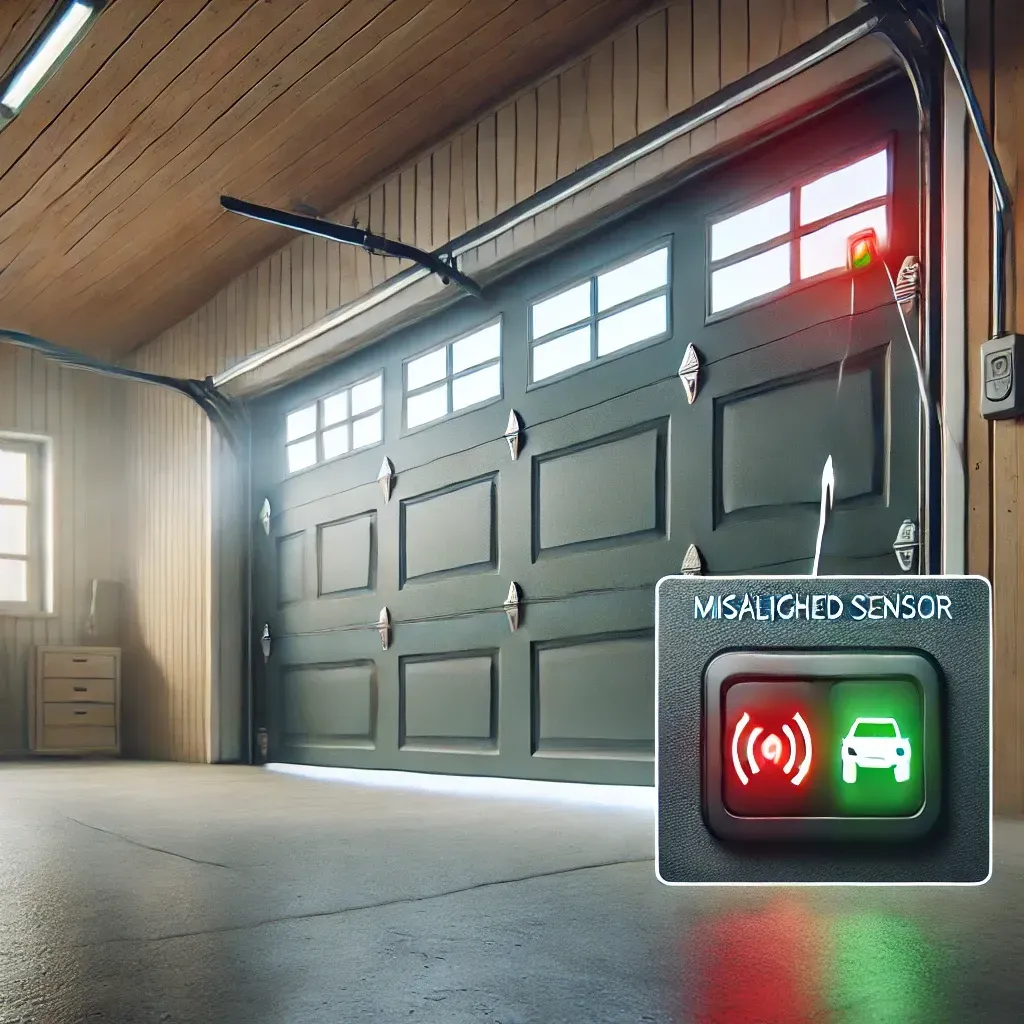
How can you tell if your garage door sensors are misaligned? Here are the most common symptoms:
- The Door Doesn’t Close Completely: A misaligned sensor often prevents the door from closing, leaving it partially open.
- Blinking Sensor Lights: Most sensors have indicator lights. A blinking or off light usually signals alignment issues.
- Erratic Door Behavior: If the door opens and closes unpredictably, sensor misalignment might be the cause.
- Clicking Sounds from the Opener: An audible clicking noise may indicate the sensors are unable to communicate properly.
If you notice any of these signs, it’s crucial to inspect your garage door sensors promptly.
Causes of Garage Door Sensor Misalignment
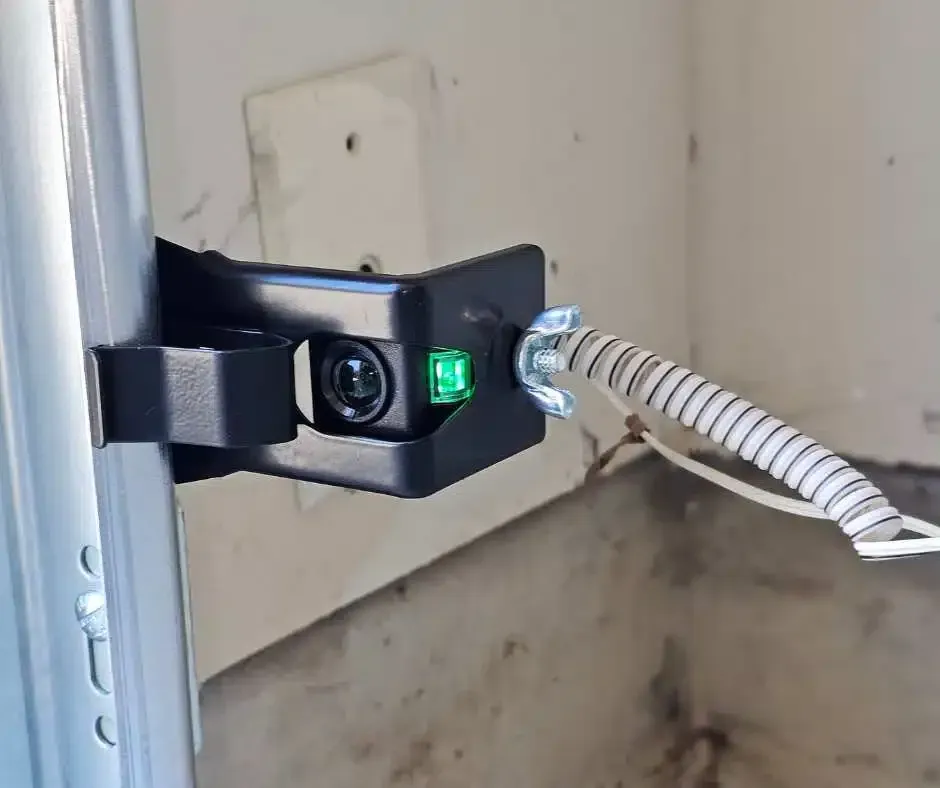
Several factors can lead to misaligned garage door sensors:
- Accidental Bumps: Sensors can be knocked out of place by vehicles, tools, or other objects.
- Dirt and Debris: Accumulated grime can obscure the sensor lens, mimicking misalignment symptoms.
- Loose Mounting Brackets: Over time, brackets may loosen, causing the sensors to shift.
- Environmental Factors: Extreme weather or vibrations from nearby construction can disrupt sensor alignment.
Understanding these causes can help you prevent future alignment issues.
How to Check If Your Garage Door Sensors Are Misaligned
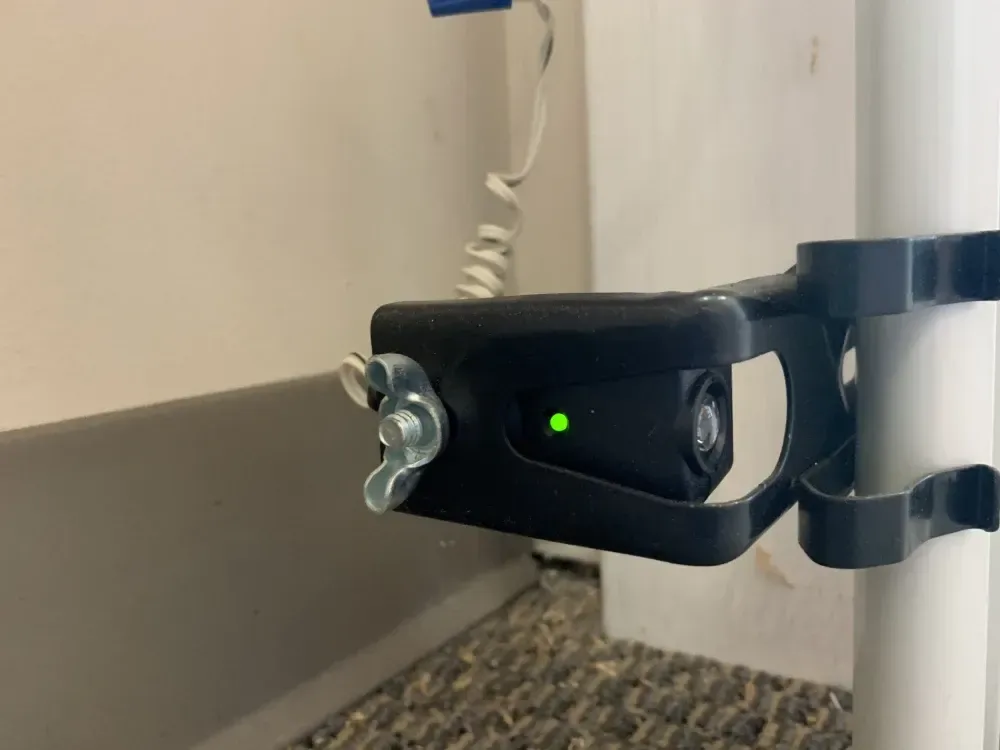
Diagnosing misaligned sensors doesn’t require technical expertise. Follow these steps to inspect your sensors:
- Check the Indicator Lights: Examine the lights on each sensor. A steady light typically indicates proper alignment, while blinking or unlit indicators suggest a problem.
- Inspect the Sensor Position: Ensure both sensors face each other directly and are mounted at the same height.
- Clean the Sensor Lenses: Dust or grime can obstruct the beam. Gently clean the lenses with a soft cloth.
- Test the Door’s Operation: Attempt to close the door. If it doesn’t close or reverses, the sensors may still be misaligned.
DIY Fixes for Misaligned Garage Door Sensors
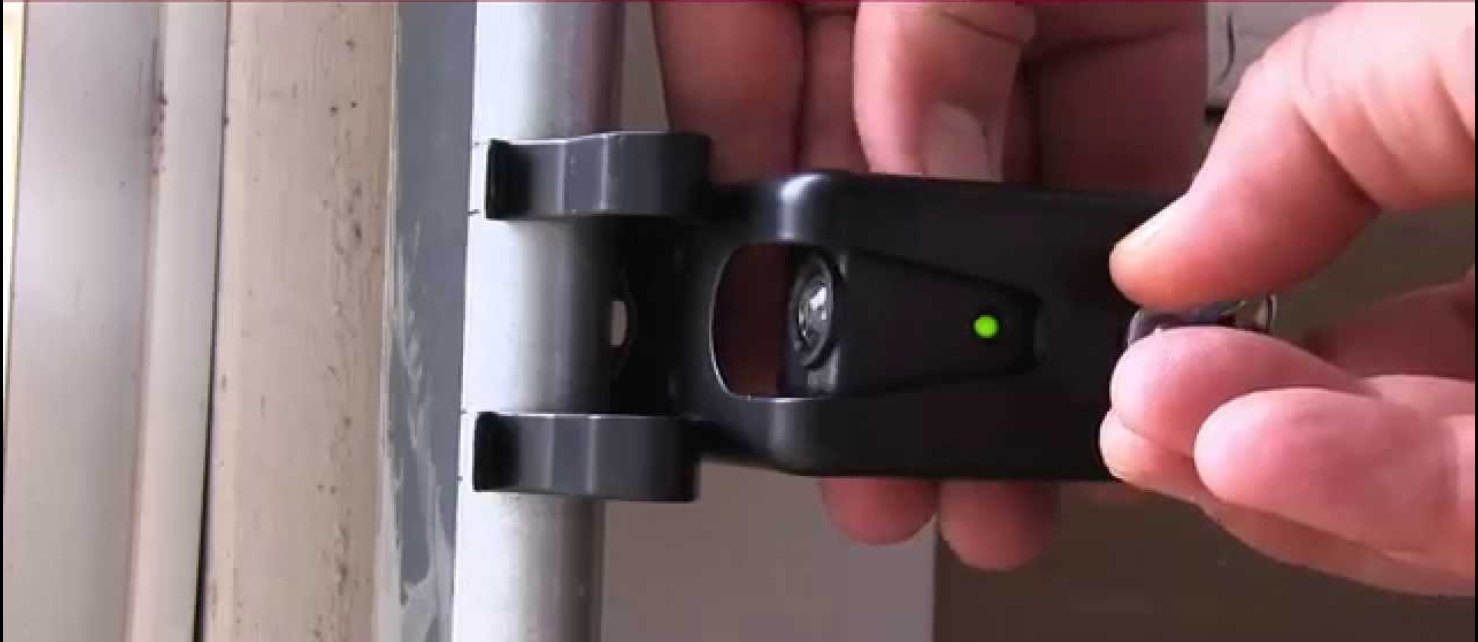
If you’ve identified misaligned sensors, here’s how you can realign them:
- Loosen the Sensor Brackets: Use a screwdriver to loosen the screws holding the sensor brackets in place.
- Align the Sensors: Adjust the sensors until their indicator lights stop blinking and remain steady.
- Secure the Brackets: Tighten the screws while ensuring the sensors stay aligned.
- Test the Alignment: Close the door to confirm proper operation.
These steps can resolve minor alignment issues. However, if the problem persists, professional assistance may be necessary.
When to Call a Professional for Garage Door Sensor Issues
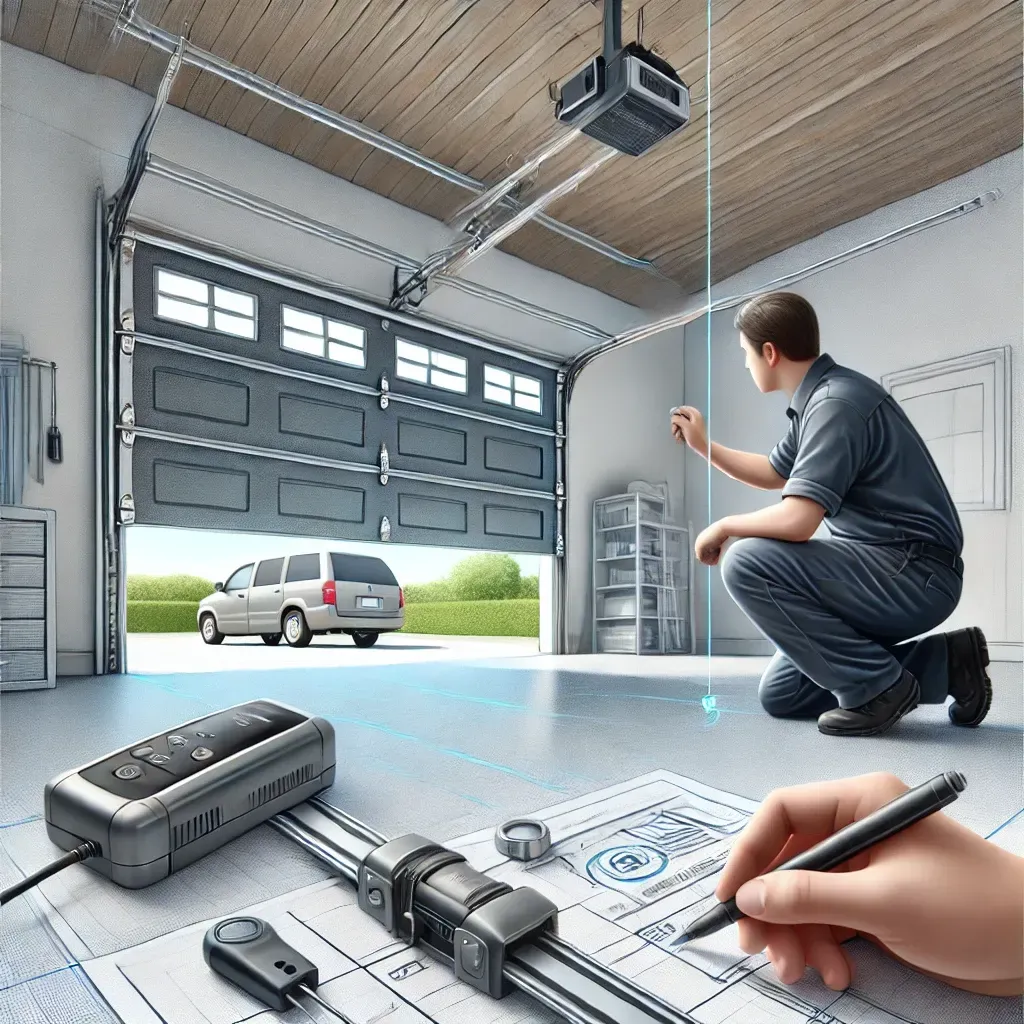
Sometimes, misalignment is part of a more complex problem. Consider consulting a professional if:
- The sensors remain unresponsive after realignment.
- The garage door opener displays error codes.
- Wiring issues or physical damage to the sensors is evident.
- The door exhibits erratic behavior beyond sensor alignment problems.
Professional technicians have the expertise and tools to address intricate garage door issues, ensuring your system operates safely and efficiently.
Preventive Maintenance for Garage Door Sensors
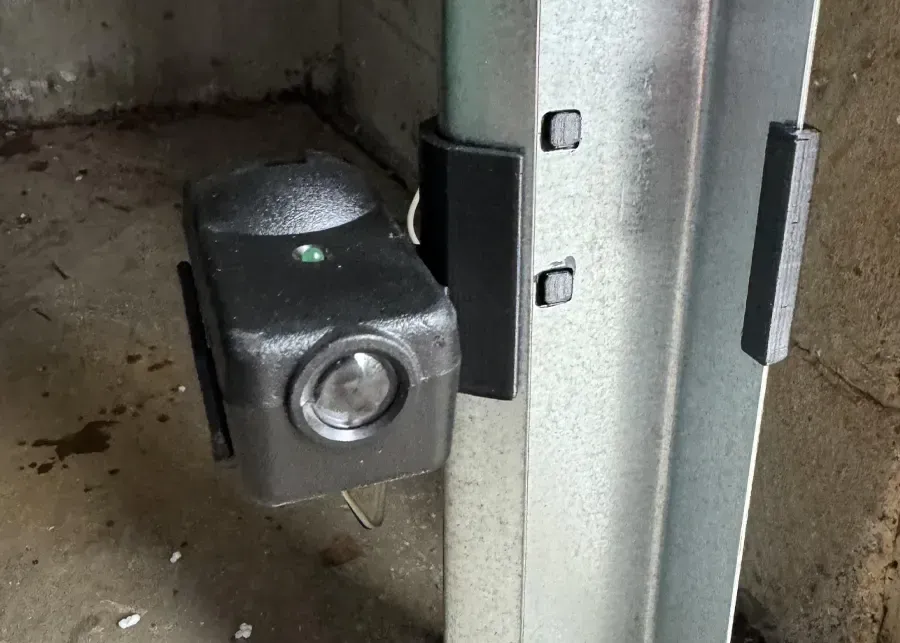
Regular maintenance can prevent sensor misalignment and extend the lifespan of your garage door system. Here’s how:
- Clean the Sensors Monthly: Wipe the lenses with a damp cloth to remove dirt and debris.
- Inspect for Damage: Periodically check for loose brackets or physical damage.
- Test the Sensors: Perform monthly tests to ensure proper alignment and functionality.
- Avoid Obstructions: Keep the sensor area clear of objects that could cause accidental bumps.
These simple measures can save you time and money in the long run.
Why Is My Garage Door Not Closing Properly?
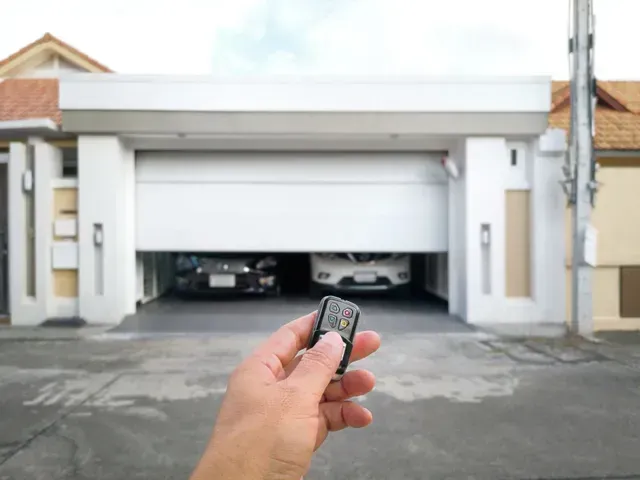
Misaligned sensors are just one of many reasons a garage door may not close properly. Other potential causes include:
- Obstructions in the Door’s Path: Even small objects can trigger the safety mechanism.
- Broken Springs or Cables: Mechanical failures can prevent smooth operation.
- Faulty Garage Door Opener: Malfunctions in the opener’s motor or circuitry can disrupt functionality.
Identifying the exact cause ensures the appropriate solution is applied.
Conclusion
Misaligned garage door sensors can lead to significant inconvenience and safety concerns. By understanding the signs, causes, and fixes for sensor misalignment, you can maintain a functional and safe garage door system. If you're looking to expand your knowledge on addressing other common issues, check out our guide on
10 Garage Door Fixes You Need to Know. When in doubt, don’t hesitate to seek professional help to address more complex issues.
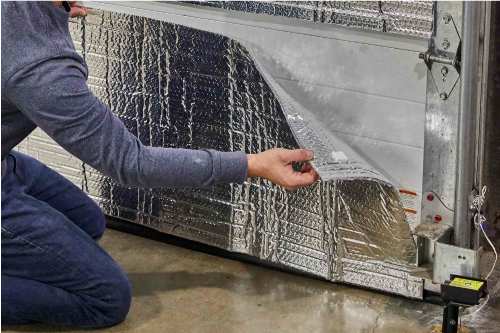
Contact Us:
Contact Us - Home
We will get back to you as soon as possible.
Please try again later.
| All Rights Reserved | Smart Garage Door Services


